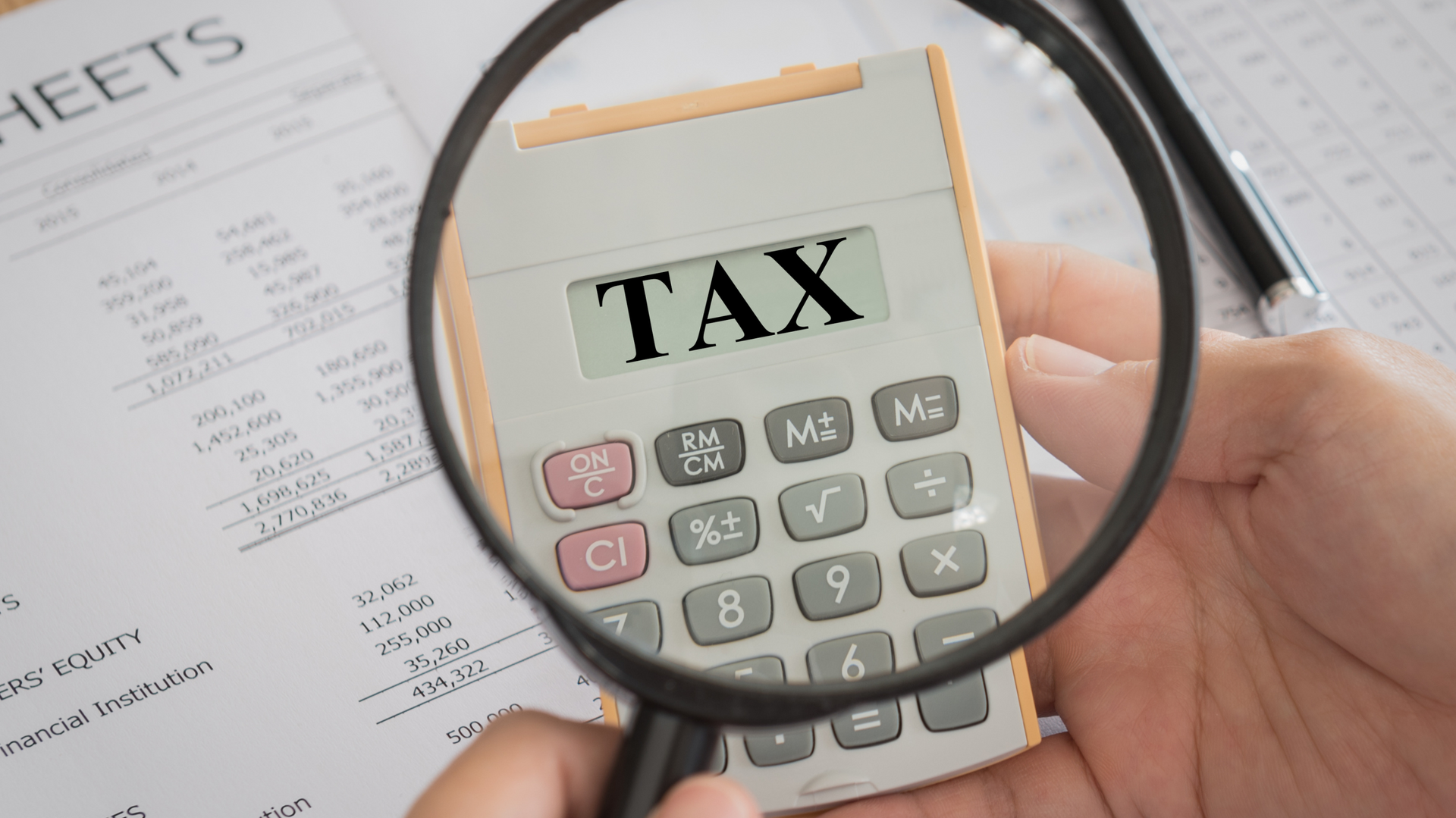RevPAR: What to Know, How to Calculate It, and How to Use It for Strategic Growth
RevPAR: What to Know, How to Calculate It, and How to Use It for Strategic Growth
If you manage a vacation rental or oversee a portfolio of short-term rental properties, understanding your financial metrics is essential. One of the most valuable tools in hospitality revenue management is RevPAR , which stands for Revenue Per Available Room . While this metric originated in the hotel industry, it has rapidly gained importance for Airbnb hosts, VRBO owners, and property managers who want to refine pricing strategies and improve occupancy rates.
RevPAR provides a comprehensive view of how effectively you're monetizing your property’s availability. It combines both your
Average Daily Rate (ADR) and occupancy rate into one simple metric. Unlike other metrics that focus solely on revenue or booking rates, RevPAR highlights the dynamic relationship between pricing and demand.
Simply put, if you're aiming to increase your earnings, having RevPAR as a key performance indicator should be a priority.
What Is RevPAR?
Revenue Per Available Room (RevPAR) is a crucial metric that reveals how much revenue you’re generating per available night, regardless of whether the room is booked. In the context of vacation rentals, this means evaluating the revenue from each calendar night your property is listed and available for booking.
RevPAR goes beyond just measuring the number of bookings. It also considers how much you charge per night, making it a robust metric for assessing the financial performance of a short-term rental. This makes it particularly valuable for owners and managers who are looking to maximize both pricing and occupancy.
For hotel operators, RevPAR has long been a go-to metric for assessing financial health, determining the success of strategies, and comparing performance with competitors. Today, short-term rental owners use RevPAR in a similar way, with platforms like AirDNA, PriceLabs, and Wheelhouse making this data more accessible than ever. It allows for easier comparison across the industry and offers valuable insights for property managers to adjust their strategies in real-time.
How to Calculate RevPAR
There are two primary formulas for calculating RevPAR, both of which are valid and will give the same results when your data is accurate.
Formula 1: Room Revenue ÷ Available Room Nights

This approach is especially useful for vacation rentals because it accounts for every potential booking night, whether or not the property was booked.
Formula 2: Average Daily Rate × Occupancy Rate

Example Calculation for a Vacation Rental
Let’s assume your Airbnb earned $6,000 in gross booking revenue during a month when it was available for 30 nights.
- ADR (Average Daily Rate): $200
- Occupancy Rate: 66.7% (20 nights booked out of 30)
- Total Room Revenue: $6,000
- Available Nights: 30
Using Formula 1 and Formula 2, you’ll notice differences due to the way “available” nights are calculated. Formula 1 assumes the property is available every day, whereas Formula 2 only considers the portion of the calendar that was booked. Both methods are valuable, but Formula 1 gives a fuller picture of your property’s revenue potential. It’s essential to understand both perspectives to assess overall performance.
RevPAR Comparison Example – Hotel vs. Vacation Rental
| Metric | Hotel (100 Rooms) | Vacation Rental (1 Unit) |
|---|---|---|
| Total Room Revenue | $150,000/month | $6,000/month |
| Available Room Nights | 3,000 | 30 |
| Occupancy Rate | 80% | 66.7% |
| ADR | $62.50 | $200 |
| RevPAR (Formula 1) | $50 | $200 |
| RevPAR (Formula 2) | $62.50 × 0.80 = $50 | $200 × 0.667 = $133.40 |
RevPAR vs. ADR vs. Occupancy Rate
New hosts often focus on either
ADR or
Occupancy Rate but miss out on the bigger picture that RevPAR provides. While ADR measures the average revenue per night booked and Occupancy Rate shows the percentage of nights booked, RevPAR combines both, offering a more holistic view of your financial performance.
| Metric | What It Measures | What It Misses |
|---|---|---|
| ADR | Average revenue per booked night | Ignores unbooked nights |
| Occupancy Rate | Percentage of nights booked | Doesn’t account for price |
| RevPAR | Revenue per available night | Doesn’t include expenses or costs |
RevPAR is essential for understanding how well your property is performing in terms of both price and demand. It’s the best indicator for overall revenue efficiency, helping you to pinpoint areas of improvement and optimize for higher returns.
Strategic Uses of RevPAR
Knowing how to calculate RevPAR is vital, but using it effectively is what truly sets successful property managers apart. For vacation rental owners, RevPAR is more than just a number—it’s a decision-making tool that can help you optimize pricing, availability, and overall performance.
Here’s how to leverage RevPAR strategically:
Revenue Forecasting and Performance Tracking
RevPAR can help predict future revenue and assess the impact of recent decisions. If your RevPAR is increasing, it suggests:
- Your pricing strategy is working
- You’re booking more nights at higher rates
- Demand in your market is rising
On the other hand, if RevPAR is stagnant or declining, it’s a sign you might need to re-evaluate your pricing strategy, listing details, or availability. RevPAR is most useful when combined with other metrics, such as ADR and Occupancy Rate, to understand the full picture of performance and where adjustments are needed.
| Scenario | ADR Trend | Occupancy Trend | RevPAR Result | Possible Issue |
|---|---|---|---|---|
| High ADR, Low Occupancy | ↑ | ↓ | Flat or ↓ | Pricing too high for current demand |
| Low ADR, High Occupancy | ↓ | ↑ | Flat or ↓ | Pricing too low; leaving money on the table |
| Moderate ADR, Moderate Occupancy | → | → | ↑ | Improving efficiency over time |
Benchmarking Against the Market
Comparing your RevPAR with competitors or the broader market allows you to track your performance. This is often done using the RevPAR Index (RGI).
| RevPAR Index | Interpretation |
|---|---|
| 100 | Average market performance |
| Above 100 | Outperforming the competition |
| Below 100 | Underperforming |
By analyzing market trends and comparing your property’s RevPAR, you can make informed adjustments to your pricing or promotional strategies, helping you stay competitive and capture market share.
Guiding Pricing and Availability Strategy
RevPAR can directly influence your pricing and availability decisions. Here’s how to use it:
- If RevPAR is lower than expected: Review minimum night stay rules, consider opening up availability during high-demand periods, and optimize booking restrictions.
- If RevPAR is increasing: Think about raising your base nightly rate or testing premium pricing during peak times. This can help you maximize earnings without pricing yourself out of the market.
RevPAR allows for a more dynamic pricing approach that balances both booking rates and occupancy levels.
Multi-Property Performance Optimization
For property managers with multiple listings, RevPAR is valuable for ranking properties based on revenue efficiency. It helps identify underperforming properties, allocate marketing efforts, and justify pricing strategies to property owners and investors. It can even be used to compare the effectiveness of different listings and determine where investments can be made for the greatest returns.
Improving RevPAR: Tactics and Tools
Raising RevPAR involves optimizing both your pricing and booking strategies. Here are a few ways to achieve this:
- Dynamic Pricing Optimization
Use tools like PriceLabs or Wheelhouse to adjust rates based on demand and market conditions. These platforms help you maximize revenue during peak times while ensuring you stay competitive during slower periods. - Strategic Minimum Stay Rules
Flexibility in minimum stay rules can reduce gaps and increase bookings. Adjust your minimum stay rules to match demand fluctuations, ensuring you're never missing out on potential revenue. - Calendar Availability Management
Avoid over-blocking dates; every open night is a potential revenue-generating opportunity. Ensure your calendar is synced across all platforms and avoid setting unnecessary blocks that might limit availability. - Invest in Guest Experience and Reviews
Excellent service leads to higher occupancy and the ability to increase rates without harming demand. Focus on enhancing your guest experience with thoughtful amenities, fast communication, and exceptional cleanliness.
Complementary Metrics for a Complete View
To get a holistic understanding of your vacation rental’s performance, consider tracking these alongside RevPAR:
A. TRevPAR (Total Revenue Per Available Room)
Includes all sources of revenue—not just nightly rates. For STRs, this might mean:
- Cleaning fees
- Upsell services (e.g., hot tub use, early check-in)
- Pet fees or add-ons
Caveats and Limitations of RevPAR
While RevPAR is incredibly insightful, it’s important to recognize its limitations:
- Does Not Measure Profit
RevPAR is a top-line metric that doesn’t account for expenses, such as cleaning fees, platform commissions, or utility costs. Therefore, it’s possible to have high RevPAR but still struggle with profitability due to high operating expenses. - Can Be Misleading Without Context
Properties with varying levels of luxury or pricing strategies can skew results. A high-end property may have a low occupancy rate but high RevPAR, while a budget property may have high occupancy but low rates. Always pair RevPAR with ADR and Occupancy Rate to get a full picture of performance. - Not Always Applicable
Some vacation rentals, such as those with multiple units, guest houses, or event spaces, may benefit from alternative metrics like RevPAN (Revenue per Available Night).
Complementary Metrics for a Complete View
Along with RevPAR, you should track additional metrics like TRevPAR (Total Revenue Per Available Room), Net RevPAR, and GOPPAR (Gross Operating Profit Per Available Room) to gain a comprehensive understanding of your property’s financial health. These metrics provide a more complete picture of your revenue streams, helping you manage operational costs effectively.
Conclusion
RevPAR is more than just a number; it’s a powerful tool that reveals how effectively your vacation rental is turning available nights into revenue. Whether you're managing one property or overseeing a larger portfolio, understanding and tracking RevPAR is essential for identifying areas for growth, adjusting pricing strategies, and maximizing profitability.
But the true value of RevPAR lies in the action it drives.
At The STR Report, we’re dedicated to helping short-term rental owners and investors turn insights into tangible success. From optimizing pricing and availability to leveraging market data, we empower you to make smarter decisions that boost occupancy rates, increase revenue, and enhance your property’s appeal.
With years of experience in the short-term rental industry, our team knows what works. We focus on providing you with the tools and strategies you need to ensure your property stands out, whether you’re in a competitive urban market or a quiet rural destination.
Let’s unlock your property’s potential.
If you’re ready to take your property to new heights, The STR Report is here to guide you every step of the way. Reach out to our team today to get personalized advice and start optimizing your rental strategy for long-term success.
Share to social media
More posts





